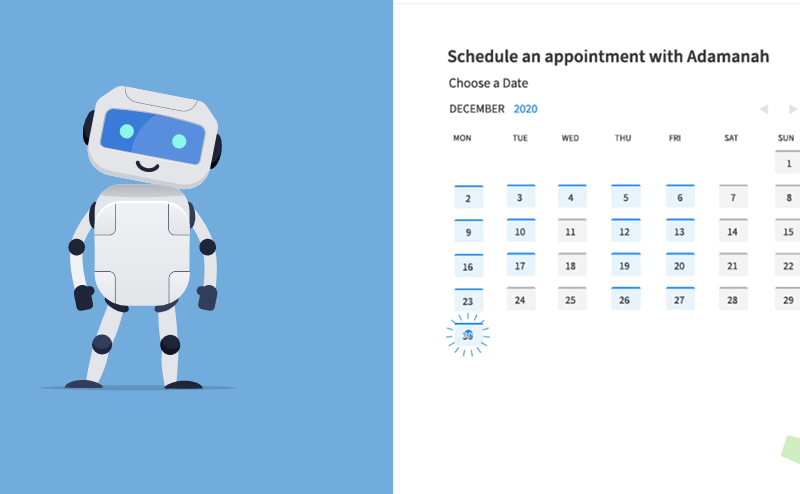We’ve been selling products online for many years now, and one thing we’ve learned is that when it comes to customer satisfaction scores, there are certain things you should do and certain things you shouldn’t do.
The key to getting a great review from your customers is ensuring that they have the information they need and the issues they bring up are addressed in a timely manner. This will help you build trust with them so they’ll be more likely to recommend your brand over others down the road.
When someone leaves a negative or neutral review on a product page, it’s important to understand why they did so—then work with them directly on solving their issues as quickly as possible. There may be something about your product or service that could make customers feel frustrated or let down by what they received compared with what was promised on your listing page. If so, address these concerns directly within 24 hours of receiving feedback from unhappy customers instead of letting them linger unanswered!
What is CSAT?
Customer Satisfaction Score (CSAT) is a key performance indicator that measures the satisfaction level of customers with a company’s products/services. CSAT is measured by asking customers how likely they are to recommend a company to others. For example, if you’re trying to figure out how many people come in for coffee every day and how many are satisfied with it—that would be your CSAT score!
A great way to get started on this project is by creating an online survey where users can rate your product or service from 1-10 points depending on their opinion about it; then you can use those results as well as other factors like price point and location type etcetera when determining whether or not changes need made within different departments within your organization so that everyone feels included during these discussions instead of just being ignored due solely upon some arbitrary number scribbled down onto paper somewhere where nobody cares about anything.
3 main challenges that affect CSAT
There are three main challenges that affect CSAT. The first one is the delayed response time, the second one is too much number of exchange interactions, and the third one is unclear subject matter.
These challenges can be handled using these tips:
Keep your team engaged at all times. When you’re working on a project together, keep everyone engaged by asking questions about what they’re doing and why they’re doing it that way (or better yet: write down their answers in a document). This way you’ll have something tangible to refer back to later if there’s ever an issue with customer satisfaction scores or any other aspect related to CSATs!
1.Reduce waiting time
- Reduce waiting time by introducing a call back feature.
- Provide an option to the customer to leave a message if he/she does not want to wait on the phone, but rather wants someone else in your company who can answer their questions or concerns.
- Create an automated system that sends out an email with a link for the customer to instantly chat if they cannot get through on their first attempt at reaching out via email or phone (this may also be done through SMS). By providing a live chat/call back feature, you are allowing your customers to be in control of their time and also giving them a way to reach out without having to wait on hold. This will help prevent customer frustration and increase your customer satisfaction scores.
2.Improve agents’ knowledge
If you want your agents to perform better, it’s important that they are aware of the challenges they face. Here are two tips on how to improve their knowledge:
- Train them on how to improve their knowledge and skills. This may involve training sessions or workshops where trainers give detailed instructions about what needs improvement and why it matters. The more information an agent knows about a product or service, the better he can sell it!
- Train them to be more empathetic towards customers who might not understand certain things (for example: how long it takes for your order to arrive). It’s important that salespeople understand this because they need patience when interacting with customers who have different needs from yours – otherwise there will be no sale made at all!
3.Personalize your response
- Use the customer’s name.
- Ask open-ended questions.
You can also ask permission to use their name in your response and offer a sincere thank-you for their time and effort on this question (e.g., “Thank you so much for taking the time to provide feedback about our product!”). Ask the customer to tell you more about their answer. If they say something vague, such as “yes” or “no,” ask them to elaborate on their answer and why it matters to them.
4.Consider using other measurement
Customer satisfaction is just one of many ways to measure customer loyalty. A lot of people think that CSAT is the best way to do this, but they’re wrong. It’s not perfect and it doesn’t tell you everything you need to know about your customers and their experience with your brand. CSAT doesn’t predict churn! If we wanted to build a predictive model around CSAT scores, we’d need data from every single customer who has churned in order to get an accurate picture of how likely someone is going out of business based on their score—and then compare it against other metrics like satisfaction or lifetime value (LTV). That would be too much work for most companies—so instead you can stick with simpler methods like survey responses like “How likely are you going back again?” or surveys where customers rate products based on factors like convenience/price/quality/etc., which can provide plenty more insight into what’s happening within an organization than just looking at one measure alone.”
If you want to improve your CSAT score, remember that there’s no shortcut. It takes time and effort, but with these tips, you can be sure of getting the best results.




